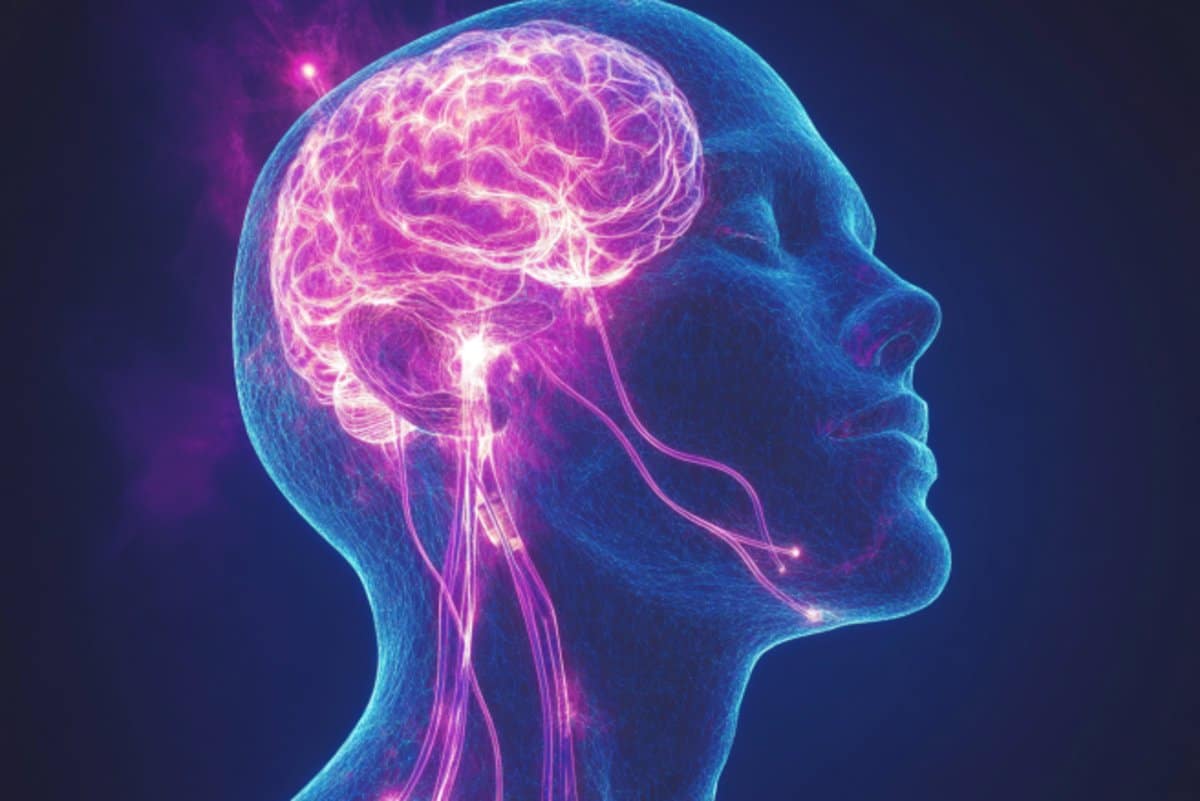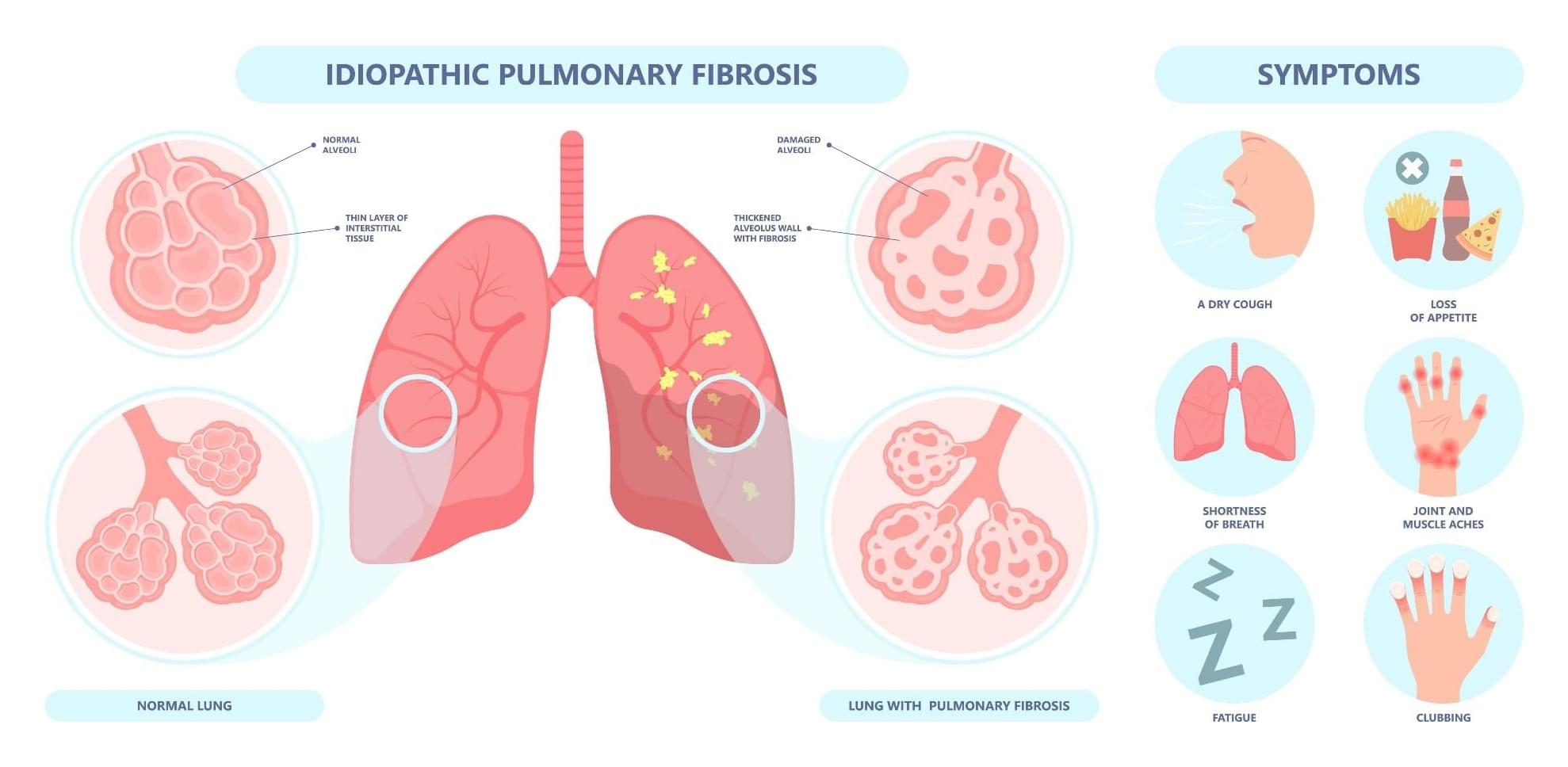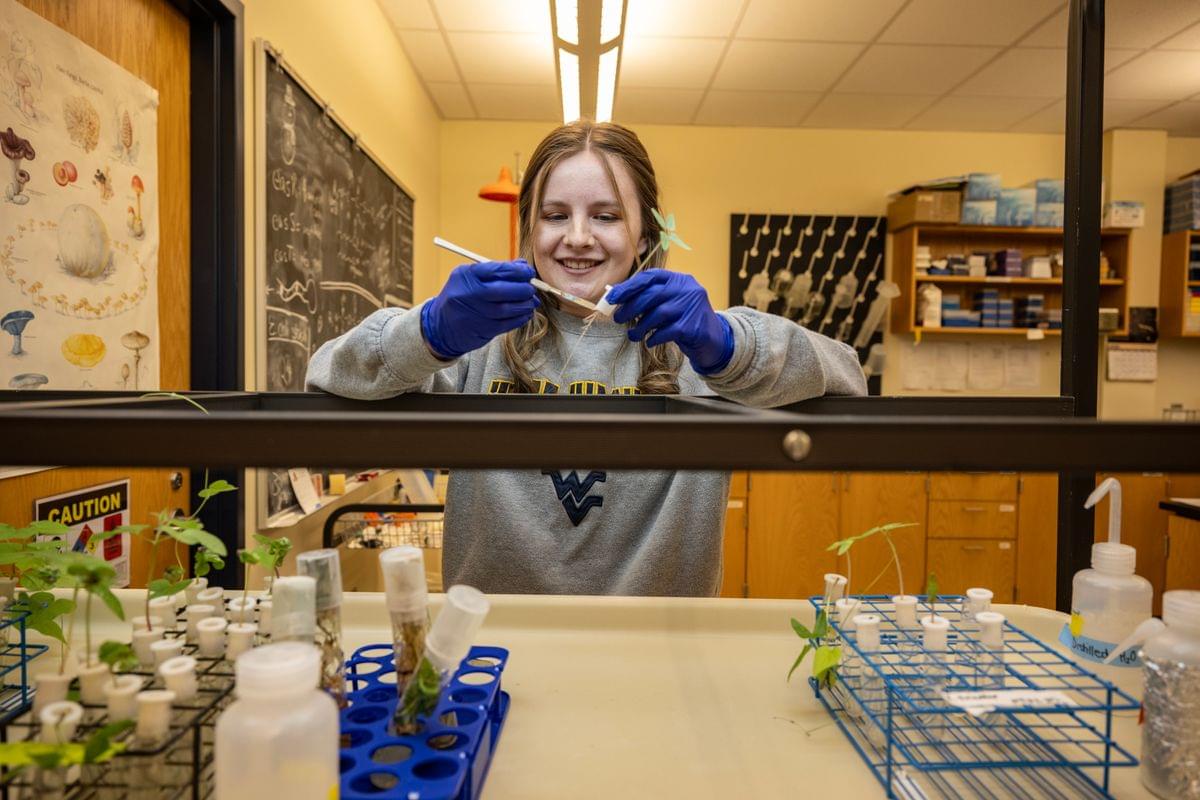A new composite material passively keeps solar panels cool, boosting power output by 12.9% and extending their lifespan by more than 200%. An international team of researchers led by King Abdullah University of Science and Technology (KAUST) in Saudi Arabia has developed a new acrylate-based compos
“Scientists have shown that there is ultra-weak photon emission in the brain, but no one understands why the light is there.”
If light is at play and scientists can understand why, it could have major implications for medically treating brain diseases and drastically change the way physicians heal the brain. But measuring optical transport between neurons would be no easy task.
Our brain and nerves rely on incredibly fast electrical signals to communicate, a process long understood to involve tiny bursts of electricity called action potentials that travel along nerve fibers. But scientists are now exploring whether something else might also be part of this picture: light.
Yes—light, or more specifically, photons. Some researchers have suggested that nerves might not only use electrical impulses but could also send signals using photons, the same particles that make up visible light. This idea is based on the possibility that the fatty coating around nerves, called the myelin sheath, could act like an optical fiber—just like the cables used to carry internet signals using light.
In earlier work, the researchers behind this new study proposed that light might actually be generated in specific parts of the nerve called nodes of Ranvier, which are tiny gaps in the myelin sheath that help boost the electrical signal. Now, they’ve gone a step further: using a special photographic technique involving silver ions, they’ve found physical evidence of photons being emitted from these nodes during nerve activity.
Their experiments suggest that, alongside the familiar electrical signals, nerves might also be emitting light when they fire—shining a new light, literally and figuratively, on how our nervous system might work.
Researchers have discovered a safe, non-invasive way to enhance the brain’s waste clearance system by mechanically stimulating lymphatic vessels just beneath the facial skin.
To Shakespeare’s Hamlet, we humans are “the paragon of animals.” But recent advances in genetics are suggesting that humans are far from being evolution’s greatest achievement.
For example, humans have an exceptionally high proportion of fertilized eggs that have the wrong number of chromosomes and one of the highest rates of harmful genetic mutation.
In my new book, “The Evolution of Imperfection,” I suggest that two features of our biology explain why our genetics are in such a poor state. First, we evolved a lot of our human features when our populations were small, and second, we feed our young across a placenta.
Researchers report that rentosertib, an AI-discovered TNIK inhibitor, showed promising safety and potential to improve lung function in patients with idiopathic pulmonary fibrosis in a 12-week phase 2a clinical trial. The highest dose group demonstrated a trend toward increased forced vital capacity, especially among patients not receiving standard antifibrotic therapy, supporting further clinical investigation.
The FDA has approved ENCELTO, the first treatment for macular telangiectasia type 2 (MacTel), a rare degenerative eye disease that gradually impairs central vision.
Whether you are a competitive athlete or an older adult, strong bones are essential—not only for movement, but also for overall health. Now, a new study has shed new light on how our bones are maintained and repaired by stem cells—and how that process is disrupted with age and in situations of poor healing. The findings could open doors to therapies that speed recovery from injuries, improve bone health, and boost performance longevity.
“Stem cells are the source of all new bone formation, and so work like this is really the foundation of developing new treatments for conditions of poor skeletal health and delayed or impaired fracture regeneration,” said Thomas Ambrosi, who led this study while he was a postdoctoral fellow in Charles Chan’s laboratory at Stanford University and later in his current position as an assistant professor of Orthopedic Surgery at UC Davis. The study was published in Cell Stem Cell.
“This work exemplifies the mission of the Wu Tsai Human Performance Alliance to advance science that helps people stay healthy, recover faster, and achieve peak performance,” said Michael Longaker, MD, a senior author on the study, a professor in the School of Medicine at Stanford University, and a member of the Wu Tsai Human Performance Alliance at Stanford.
Japanese researchers took inspiration from our eyes, creating an artificial retina that could give today’s machine vision systems an upgrade.
The Illusion of Thinking: Understanding the Strengths and Limitations of Reasoning Models via the Lens of Problem Complexity
Posted in information science, mathematics, robotics/AI | Leave a Comment on The Illusion of Thinking: Understanding the Strengths and Limitations of Reasoning Models via the Lens of Problem Complexity
Recent generations of frontier language models have introduced Large Reasoning Models (LRMs) that generate detailed thinking processes before providing answers. While these models demonstrate improved performance on reasoning benchmarks, their fundamental capabilities, scal-ing properties, and limitations remain insufficiently understood. Current evaluations primarily fo-cus on established mathematical and coding benchmarks, emphasizing final answer accuracy. How-ever, this evaluation paradigm often suffers from data contamination and does not provide insights into the reasoning traces’ structure and quality. In this work, we systematically investigate these gaps with the help of controllable puzzle environments that allow precise manipulation of composi-tional complexity while maintaining consistent logical structures. This setup enables the analysis of not only final answers but also the internal reasoning traces, offering insights into how LRMs “think”. Through extensive experimentation across diverse puzzles, we show that frontier LRMs face a complete accuracy collapse beyond certain complexities. Moreover, they exhibit a counter-intuitive scaling limit: their reasoning effort increases with problem complexity up to a point, then declines despite having an adequate token budget. By comparing LRMs with their standard LLM counterparts under equivalent inference compute, we identify three performance regimes: low-complexity tasks where standard models surprisingly outperform LRMs, medium-complexity tasks where additional thinking in LRMs demonstrates advantage, and high-complexity tasks where both models experience complete collapse. We found that LRMs have limitations in exact computation: they fail to use explicit algorithms and reason inconsistently across puzzles. We also investigate the reasoning traces in more depth, studying the patterns of explored solutions and analyzing the models’ computational behavior, shedding light on their strengths, limitations, and ultimately raising crucial questions about their true reasoning capabilities.
*Equal contribution. †Work done during an internship at Apple.
Making a discovery with the potential for innovative applications in pharmaceutical development, a West Virginia University microbiology student has found a long sought-after fungus that produces effects similar to the semisynthetic drug LSD, which is used to treat conditions like depression, post-traumatic stress disorder and addiction.
Corinne Hazel, of Delaware, Ohio, an environmental microbiology major and Goldwater Scholar, discovered the new species of fungus growing in morning glory plants and named it Periglandula clandestina.
Hazel made the discovery while working in the lab with Daniel Panaccione, Davis-Michael Professor of Plant and Soil Sciences at the WVU Davis College of Agriculture and Natural Resources. She was studying how morning glories disperse protective chemicals called “ergot alkaloids” through their roots when she saw evidence of a fungus.









